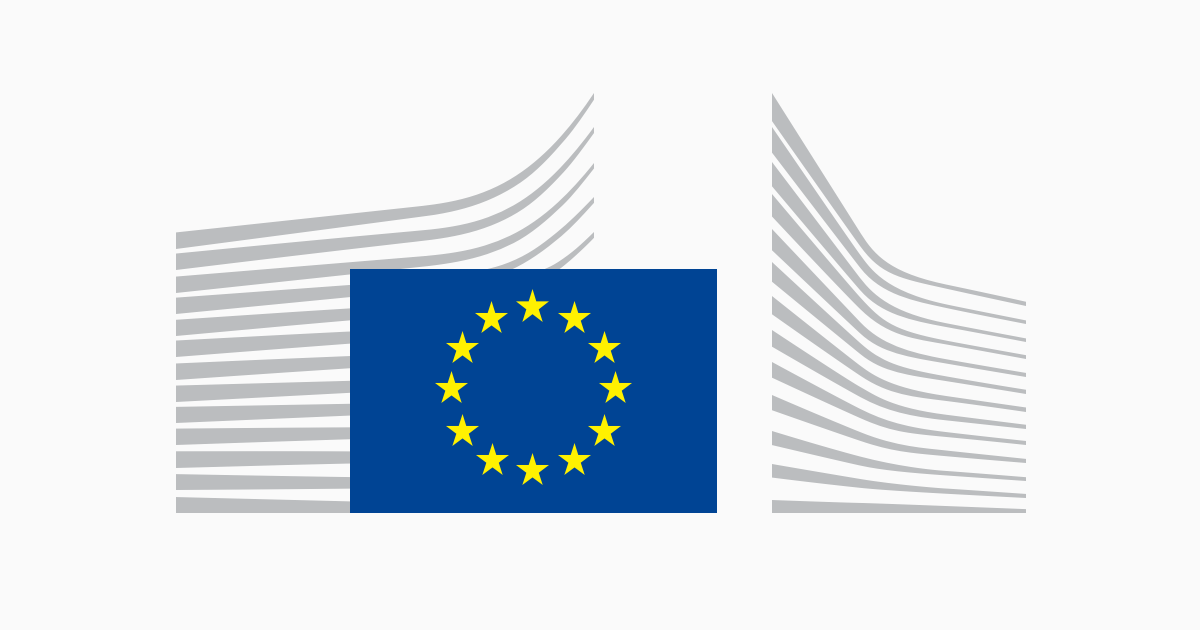
The Schengen Area, also known as the border-free zone, is a remarkable provision that guarantees free movement to over 425 million EU citizens, as well as non-EU nationals who are living in or visiting the EU for various purposes. This includes tourists, exchange students, and individuals on business trips. The main principle of the Schengen Area is the freedom of movement, which allows every EU citizen to travel, work, and live in any EU country without the need for any special formalities. This freedom is enabled by the elimination of border checks within the Schengen Area.
A Balancing Act: Freedom and Security for Travelers
The Schengen provisions not only eliminate checks at internal borders within the EU but also establish a set of rules for controls at the external borders. These rules apply to individuals entering the Schengen Area for a short period of time, typically up to 90 days. The common rules cover various aspects, including crossing the EU external borders, types of visas required, harmonization of entry conditions and visa rules, cross-border police cooperation, judicial cooperation, and the necessary documents for traveling in Europe.
Police Checks and Temporary Border Controls
While the Schengen Area upholds the principle of free movement, it does allow competent national authorities to carry out police checks at internal borders and in border areas. These checks, however, should not be equivalent to border controls. The Schengen Borders Code provides a list of criteria to assess whether a police check is equivalent to a border control. These criteria include factors such as the objective of the check, reliance on general police information, clear distinction from systematic border checks, and the basis of spot-checks.
It’s important to note that these police checks are conducted under the national law of the Schengen country and may involve identity verification and other related procedures.
Temporary Reintroduction of Border Controls
In exceptional cases, when there is a serious threat to public policy or internal security, a Schengen country has the authority to temporarily reintroduce border controls at its internal borders. However, in such situations, the Member State concerned is required to inform the Council, the European Parliament, the European Commission, and the public. The Commission maintains a website providing more information on the current reintroductions of internal border controls.
Proposal to Reform the Schengen Borders Code
To address the challenges faced by the Schengen Area, a proposal to amend the Schengen Borders Code was submitted by the Commission on 14 December 2021. This proposal has three main objectives: ensuring that internal border checks remain a measure of last resort, incorporating lessons learned from the COVID-19 pandemic, and responding to the recent challenges at the EU’s external borders.
Interinstitutional negotiations between the European Parliament, the Council, and the Commission commenced on 7 November 2023. These negotiations aim to strengthen and enhance the functioning of the Schengen Area, taking into account the needs and concerns of Schengen Member States.
Criteria for Countries to Join the Schengen Area
Joining the Schengen Area is not a simple political decision; it requires fulfilling a set of pre-conditions. These pre-conditions include applying the common set of Schengen rules, controlling the external borders on behalf of other Schengen countries, cooperating efficiently with law enforcement agencies in other Schengen countries, and connecting to and using the Schengen Information System (SIS). Furthermore, countries interested in joining the Schengen Area must undergo a series of evaluations to assess their readiness to implement the Schengen rules.
Bulgaria and Romania, after successfully completing the Schengen evaluation process, have been approved for accession to the Schengen area. As of 31 March 2024, these two Member States will begin applying Schengen rules. Controls at internal air and sea borders between Bulgaria, Romania, and other Schengen countries will be lifted as of that date. However, a decision on removing checks at internal land borders is yet to be made.
Background: Free Movement in Europe
The concept of free movement in Europe originated with the aim of enabling the European working population to freely travel and settle within any EU State. However, it was not until 1985, in Schengen, Luxembourg, that a significant breakthrough was achieved with the signing of the Agreement on the gradual abolition of checks at common borders. The Schengen Agreements, implemented in 1995, initially involved seven EU countries and have since become an integral part of the EU’s rules and regulations.
Related Documents and Links
For more detailed information on specific topics related to the Schengen Area, you can refer to the following documents and links:
- Full Application of the Schengen Acquis in Bulgaria, Romania, and Croatia – Communication
- Report of the Third Voluntary Fact-Finding Mission to Bulgaria
- Report of the Voluntary Based Fact-Finding Mission to Romania and Bulgaria
- Notifications under Article 19 of Regulation (EC) No 1931/2006
- Notifications under Article 14 (5) of Regulation (EC) No 2016/399
- Commission Implementing Decision establishing the report of 2019 – 2020 thematic evaluation of Member States’ national strategies for integrated border management
- Schengen Information System (SIS)
- Documents needed for traveling in Europe (Your Europe portal)
The Schengen Area is a testament to the European Union’s commitment to fostering freedom of movement while maintaining the necessary security measures. As the Schengen Borders Code undergoes reform and new countries seek accession, the Schengen Area continues to evolve and adapt to ensure a fully functioning and resilient Europe.